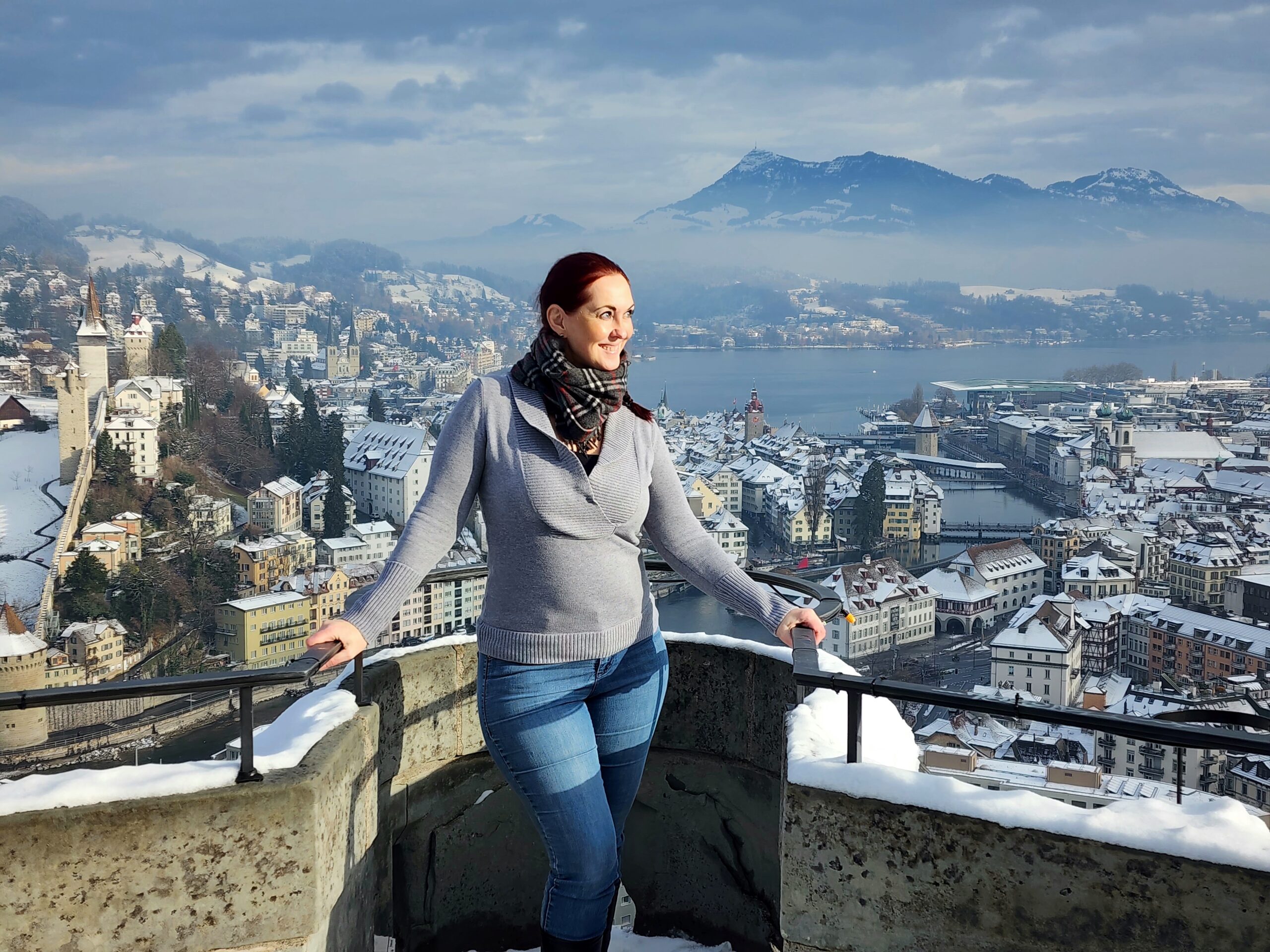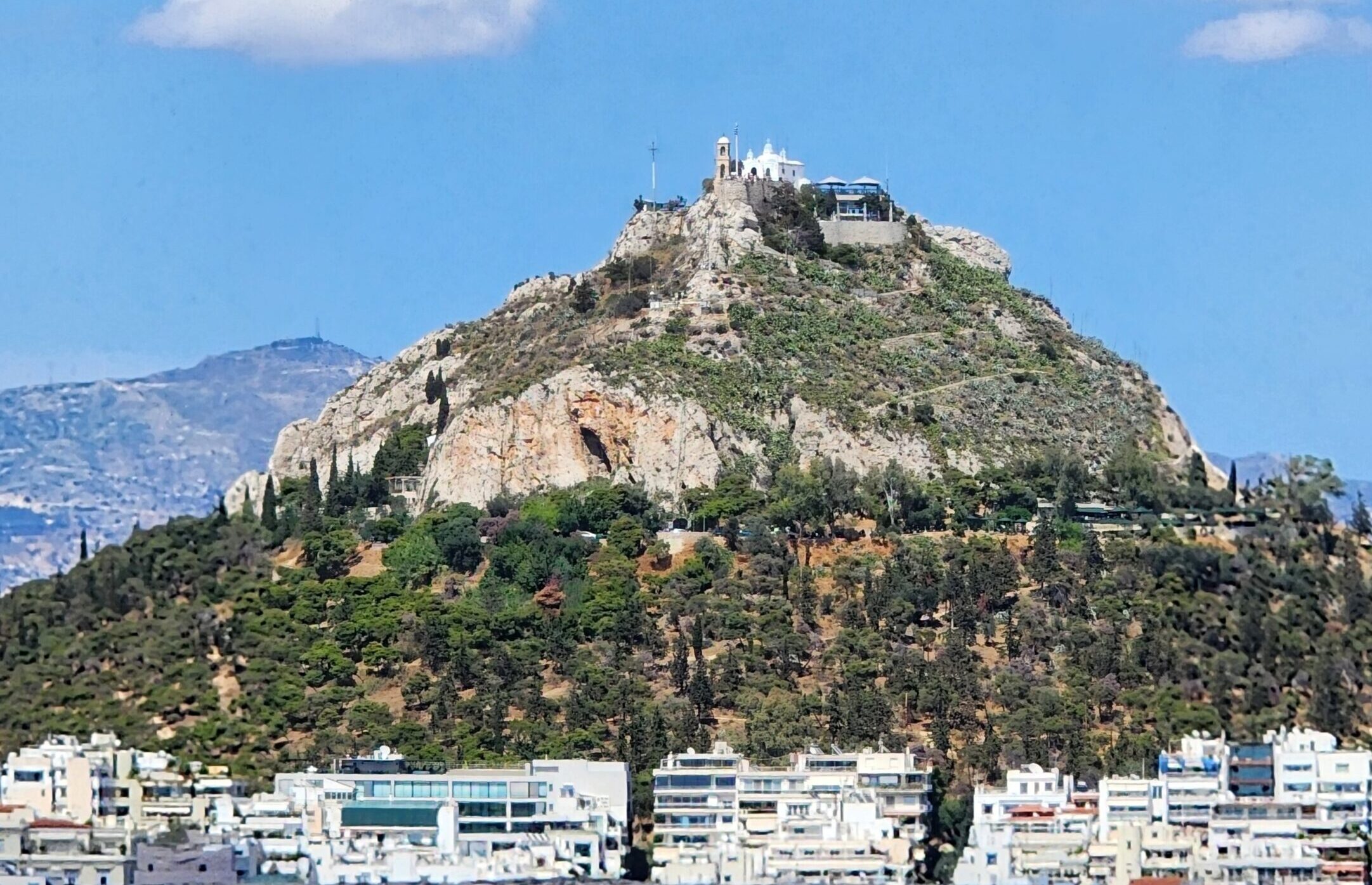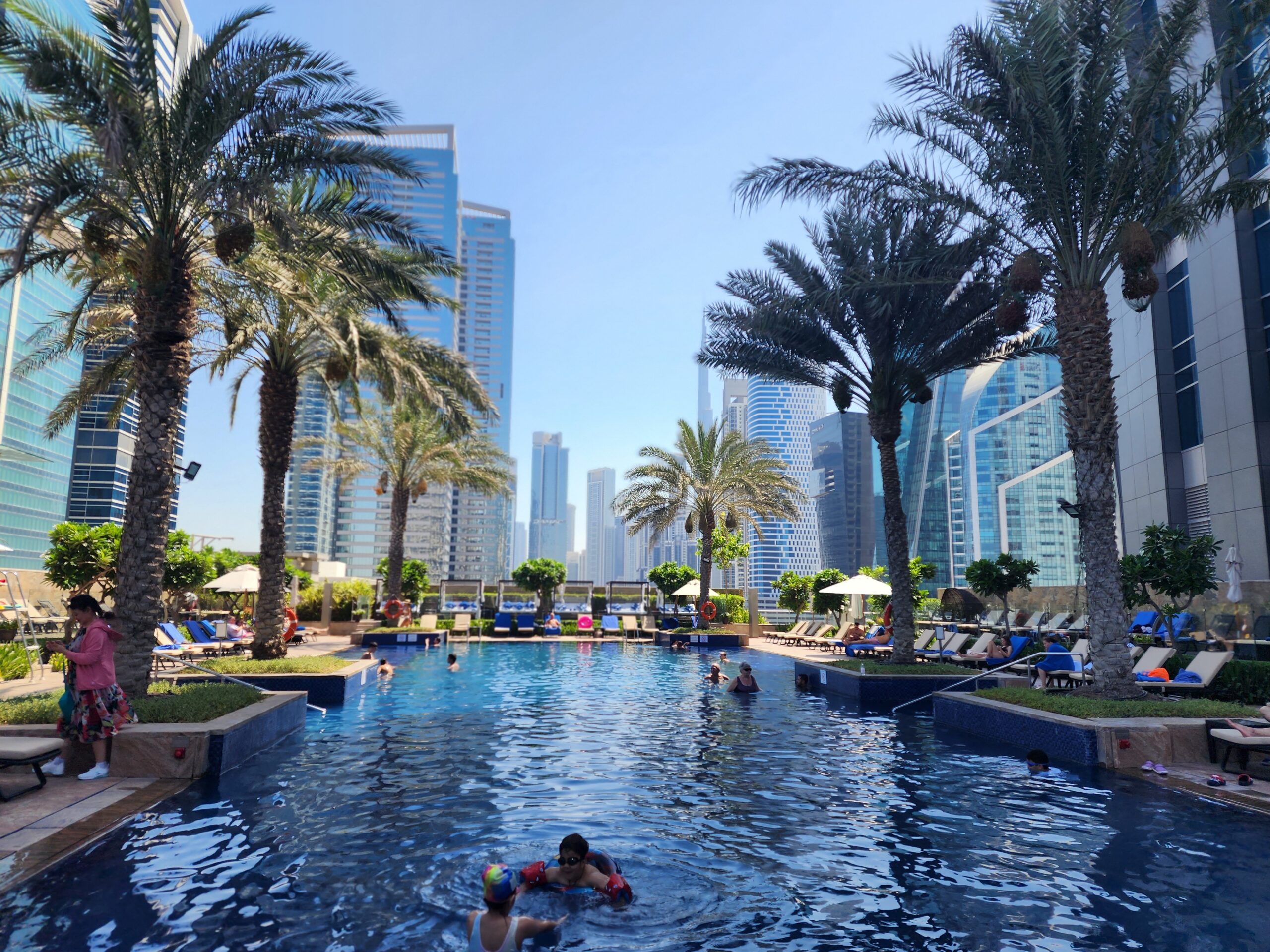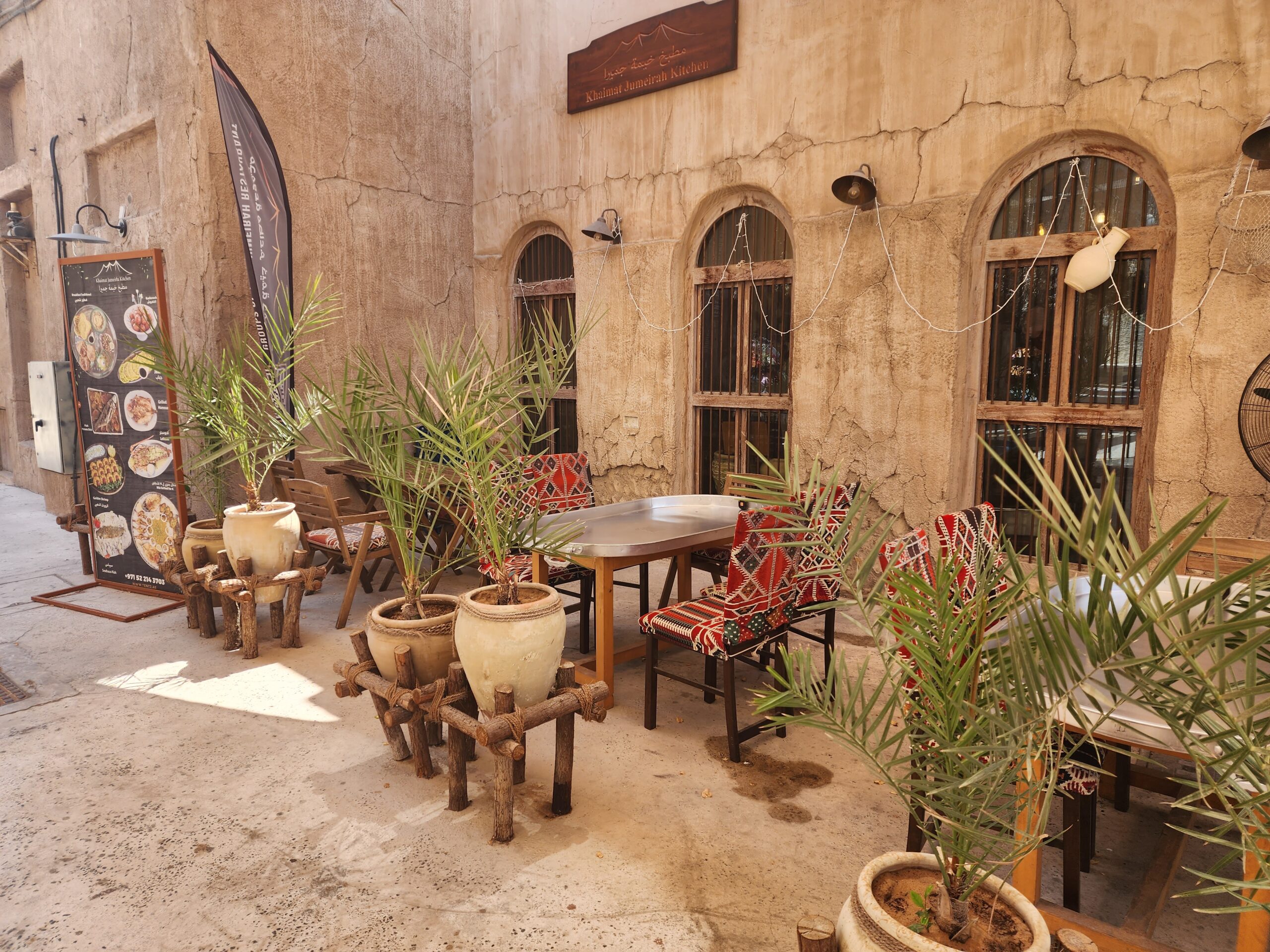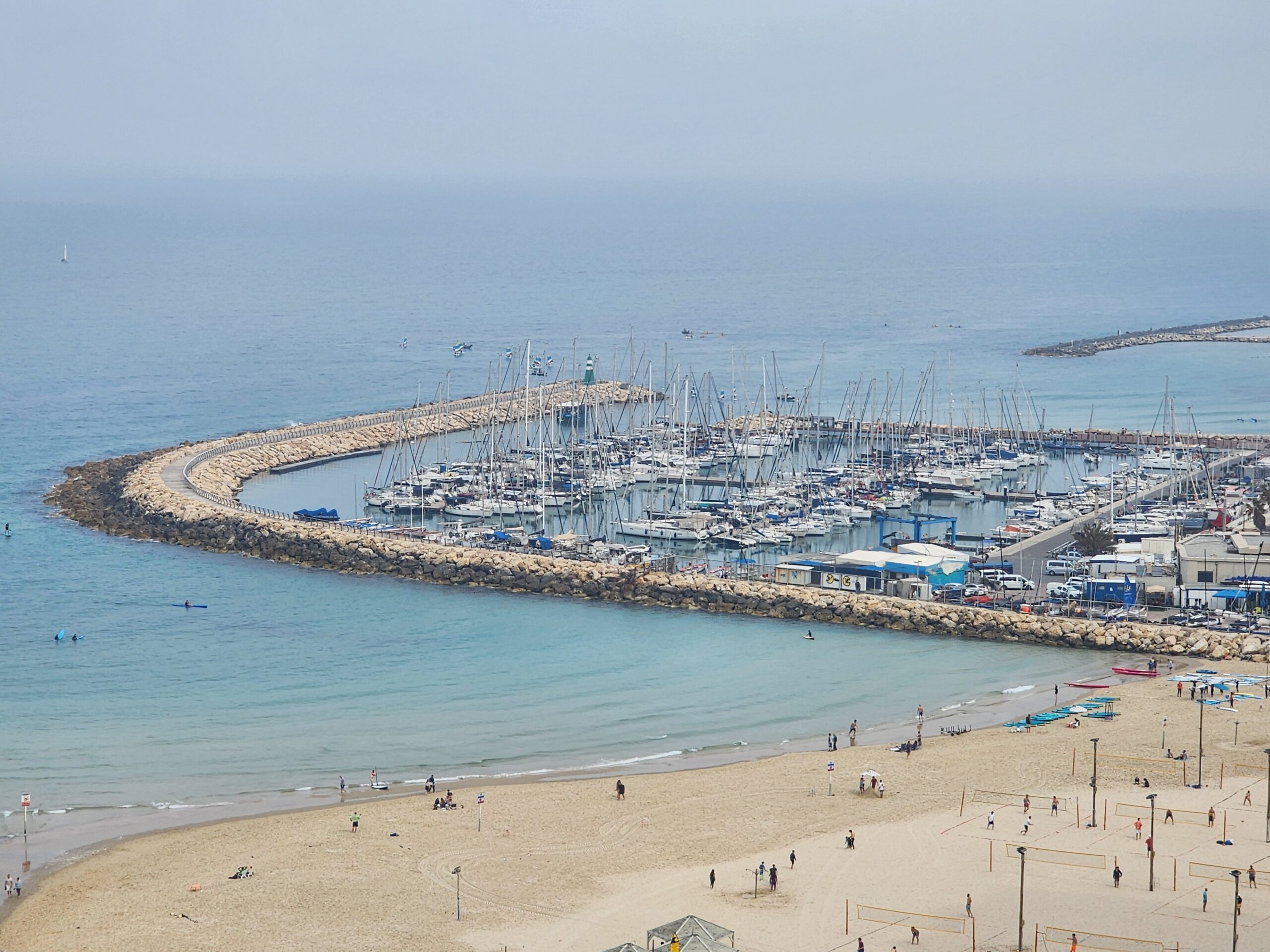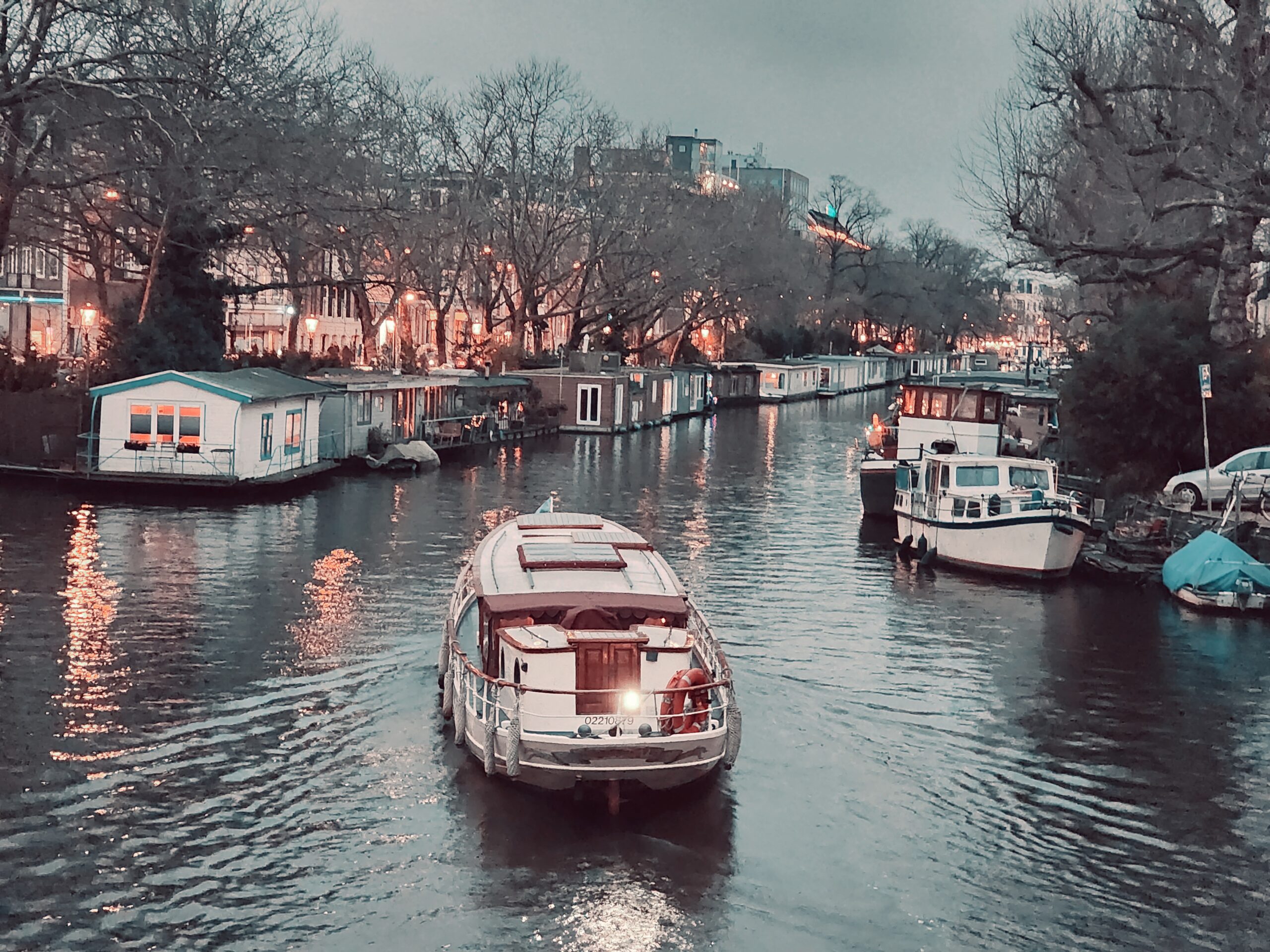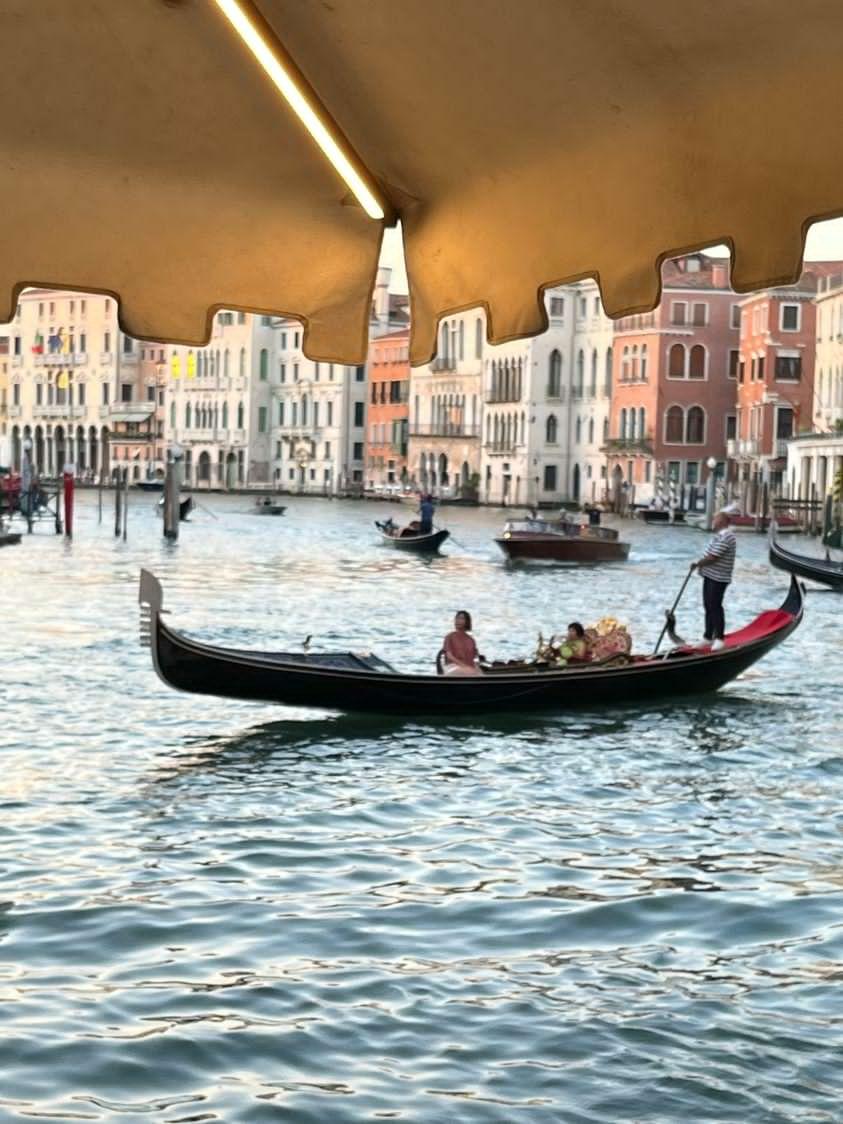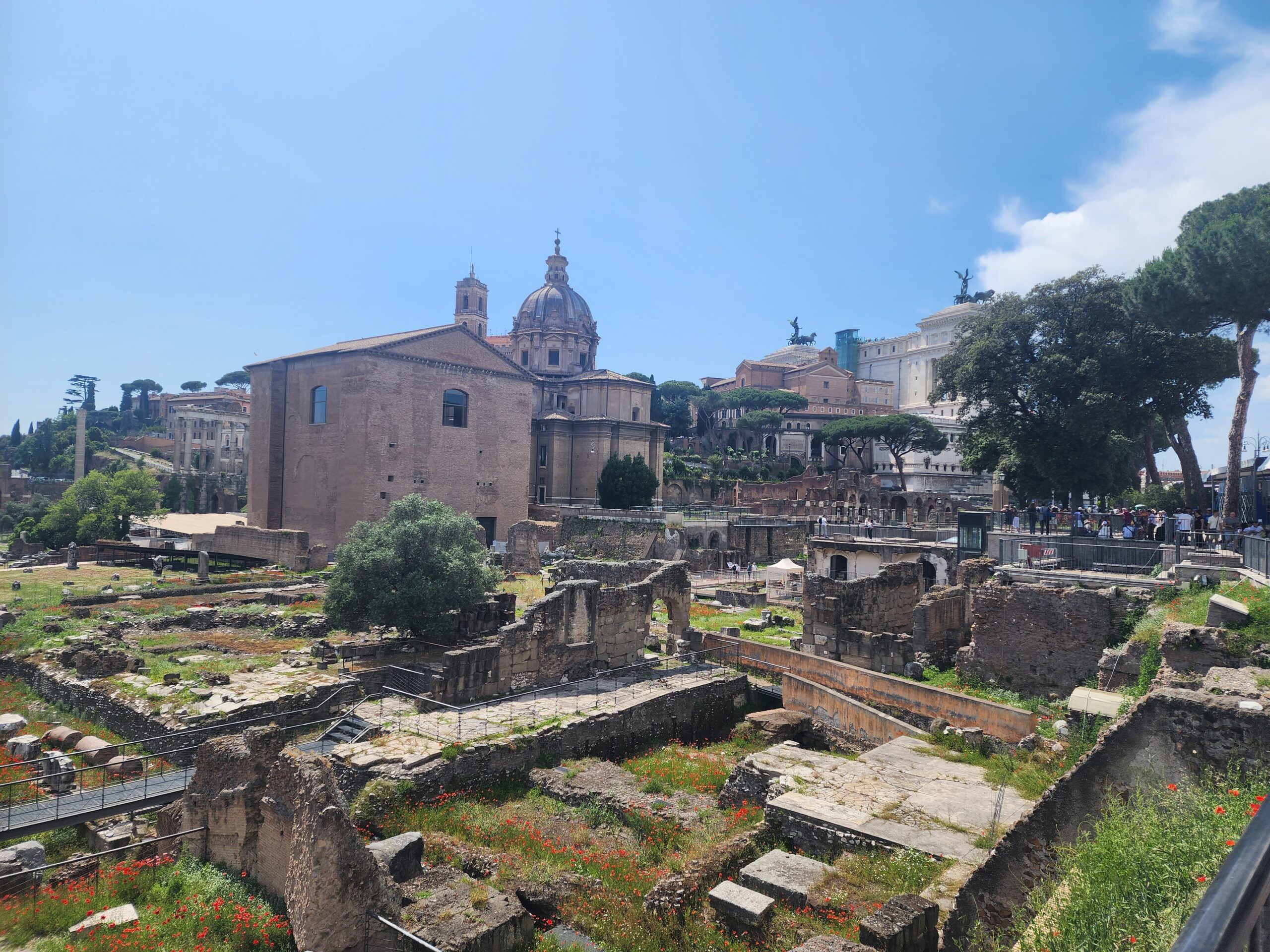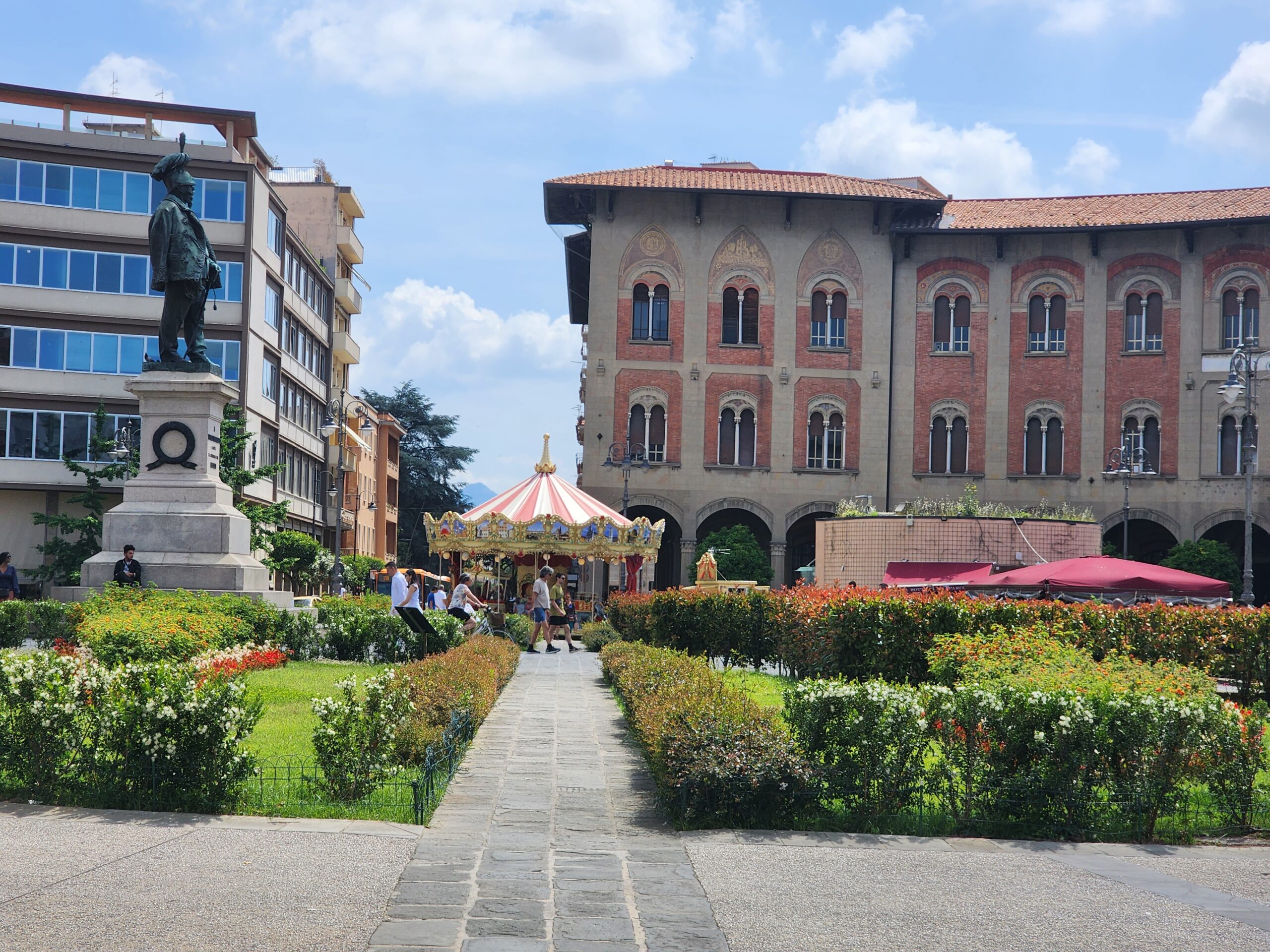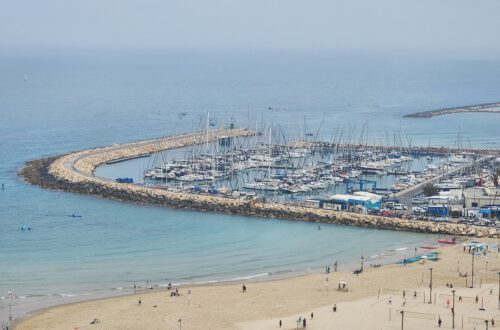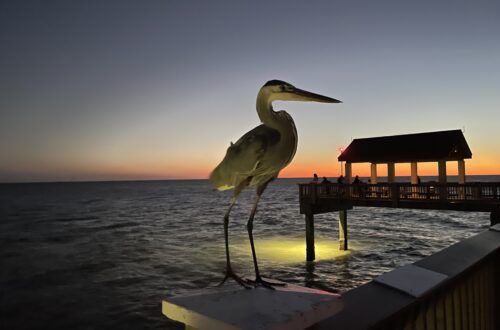Prague, the capital city of the Czech Republic, is one of Europe’s most enchanting destinations. Known for its fairytale-like charm, stunning architecture, and rich history, Prague is a city that seamlessly blends medieval beauty with modern vibrancy. Whether you’re wandering through its cobblestone streets, admiring its iconic bridges and castles, or savoring traditional Czech cuisine, Prague offers visitors a timeless experience that’s hard to forget.
Key Highlights of Prague:
Prague Castle: Dominating the skyline, Prague Castle is one of the largest ancient castles in the world. A UNESCO World Heritage site, the castle complex includes the St. Vitus Cathedral, the Old Royal Palace, the Golden Lane, and beautiful gardens. Visitors can explore centuries of history and enjoy panoramic views of the city from the castle grounds.
Charles Bridge: Connecting the Old Town with the Lesser Quarter, Charles Bridge is one of Prague’s most iconic landmarks. Built in the 14th century, the bridge is adorned with 30 statues of saints and offers picturesque views of the Vltava River, especially at sunrise or sunset. It’s a must-see for anyone visiting Prague.
Old Town Square: The heart of Prague’s historic center, the Old Town Square is surrounded by beautiful Gothic and Baroque buildings. It’s home to the Astronomical Clock, one of the oldest working astronomical clocks in the world, and the Church of Our Lady before Týn. The square is a lively hub filled with cafes, street performers, and historical landmarks.
The Astronomical Clock: Located in the Old Town Hall, the Prague Astronomical Clock is a marvel of medieval engineering. Every hour, the clock puts on a show as the figures of the 12 Apostles appear in a window above the clock face, much to the delight of onlookers. It’s one of the most visited attractions in Prague.
Wenceslas Square: A bustling hub for shopping, dining, and entertainment, Wenceslas Square is also historically significant, having been the site of many key events in Czech history. The National Museum stands at the top of the square, and visitors can explore both the museum’s exhibits and the lively atmosphere of the area.
Jewish Quarter (Josefov): Prague’s Jewish Quarter is home to a fascinating history, with landmarks such as the Old Jewish Cemetery, the Jewish Museum, and several historic synagogues, including the Spanish Synagogue and the Pinkas Synagogue. The area offers a glimpse into the city’s Jewish heritage and rich cultural legacy.
Petrín Hill: For stunning views of Prague, a visit to Petrín Hill is a must. Visitors can take a funicular ride up the hill to reach the Petrín Lookout Tower, which offers panoramic views of the city, or enjoy the surrounding gardens and parklands. It’s a peaceful escape from the city’s hustle and bustle.
Vyšehrad: This historic fort perched on a hill above the Vltava River offers spectacular views of Prague and is home to the Vyšehrad Cemetery, where notable Czech figures are buried, including composer Antonín Dvořák. The Vyšehrad Castle is also a fascinating place to explore, with beautiful grounds and a less crowded, peaceful atmosphere compared to Prague Castle
Czech Cuisine: Prague is the perfect place to indulge in traditional Czech cuisine. Be sure to try dishes such as svíčková (marinated beef with creamy sauce), goulash, schnitzel, and trdelník (a sweet pastry). Don’t forget to pair your meal with a glass of Czech beer, as the country is known for having some of the best in the world.
Prague’s Beer Culture: The Czech Republic has a long-standing beer tradition, and a visit to Prague wouldn’t be complete without experiencing its thriving beer culture. Many pubs, or hospody, offer a wide range of Czech beers, including the world-famous Pilsner Urquell. You can even take a beer tour to learn about the brewing process and sample some of the best local brews.
How to Get There:
Václav Havel Airport Prague (PRG) is the main international gateway to the city, offering direct flights from destinations across Europe, North America, and beyond. Once you arrive, Prague’s excellent public transportation system, including buses, trams, and the metro, makes it easy to get around. The city is also well-connected by train to other European cities, making it a convenient stop on any European itinerary.
This post may contain affiliate links which means I may receive a commission if you click or purchase through the links. I will only recommend products I use myself. Learn more on my Disclaimer Page.
